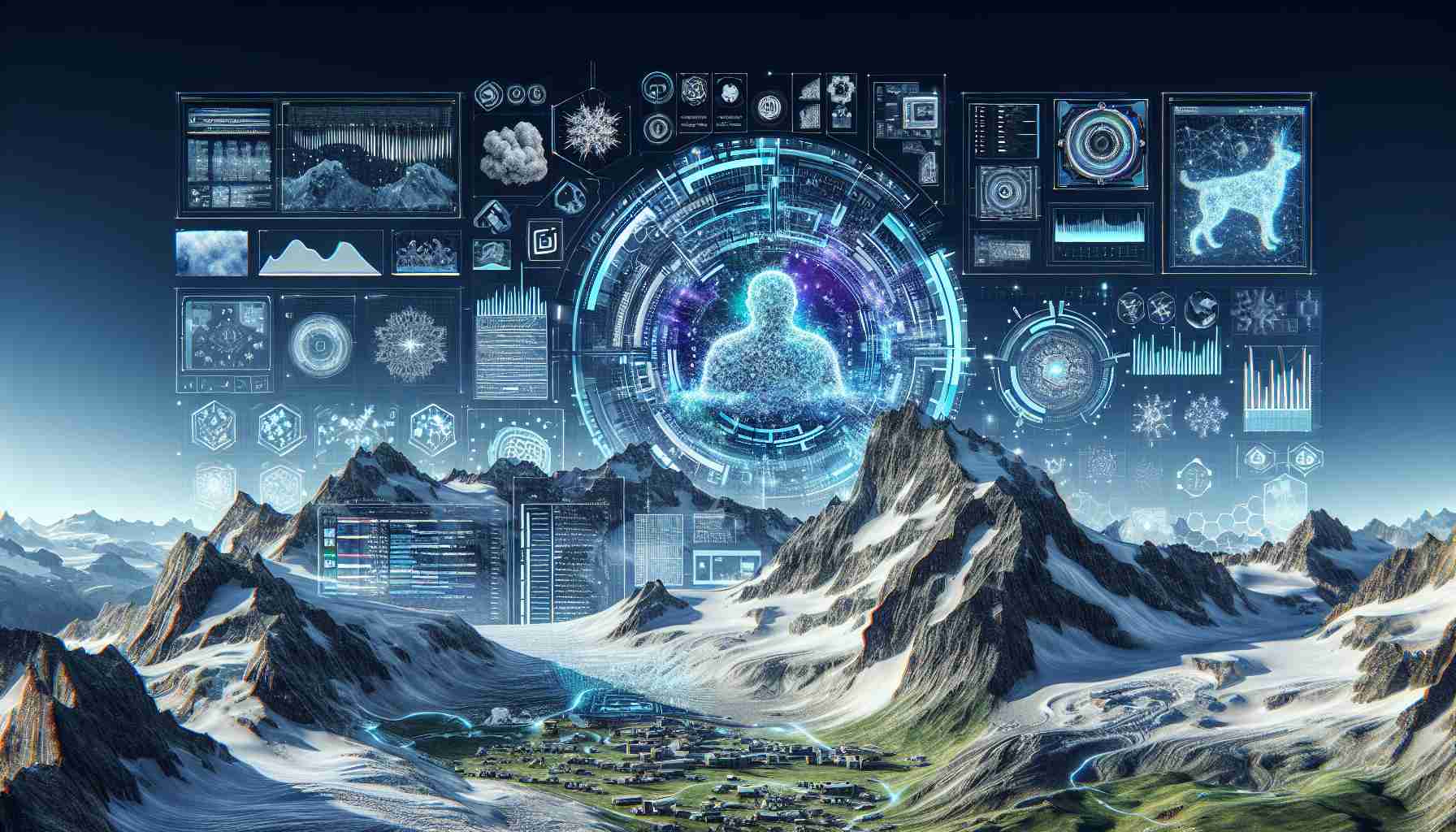Revolutionizing Avalanche Forecasting with AI
A groundbreaking three-year research project in Switzerland has brought us to the cusp of a new era in avalanche risk assessment. The Swiss Institute for Snow and Avalanche Research in Davos has released a report detailing significant advancements in the application of artificial intelligence (AI) for predicting potentially deadly snow slides.
The institute’s researchers have acknowledged that while machine learning algorithms and humans each have different strengths and weaknesses, a synergy between the two can lead to highly effective risk assessments. Over the years, AI has been scrutinized, tested, and trained, resulting in prediction models that often provide reliable forecasts.
It’s not without its shortcomings; there are instances where the AI predictions may not be clear-cut. Nonetheless, the Swiss research team insists that even human experts can sometimes falter in their estimates. What sets this new AI approach apart is its ability to analyze and evaluate outcomes from numerous models, forming its own, often accurate, appraisals of potential avalanche risks.
This sophisticated method of prediction integrates various data points and algorithms, enhancing traditional techniques by offering a multidimensional analysis of avalanches. The innovative use of AI not only has the potential to save lives by improving forecast accuracy but could also serve as a model for other natural disaster prediction efforts worldwide.
Important Questions and Answers:
1. What makes AI particularly suitable for avalanche risk prediction?
AI is capable of processing vast amounts of data quickly and can detect complex patterns that may not be immediately apparent to humans. For avalanche risk prediction, it can assimilate diverse data sources such as weather patterns, snowpack conditions, historical avalanche occurrences, and terrain features to produce comprehensive risk assessments.
2. How might AI improve the accuracy of avalanche forecasts compared to traditional methods?
Traditional methods rely heavily on the expertise of individuals who interpret data and make forecasts based on experience and heuristics. AI can aid these experts by offering data-driven insights and forecasts generated through the analysis of large data sets, enabling a more data-centric approach to avalanche risk prediction.
3. Are there any ethical considerations when relying on AI for avalanche risk prediction?
Yes, AI predictions have significant consequences for safety and resource allocation. As such, ethical considerations include the accurate communication of risk, transparency in how AI systems make decisions, and accountability for false predictions or overlooked risks.
Key Challenges and Controversies:
Challenge: Integrating AI with expert judgments requires careful calibration to ensure that the strengths of each are harnessed effectively without over-reliance on one source.
Controversy: There may be a level of resistance from traditional forecasting communities, as trust in AI’s ability to consistently outperform expert evaluations is not absolute.
Advantages and Disadvantages:
Advantages:
– AI can handle complex data interpretations that might be beyond human capability.
– AI systems can work continuously and process real-time data to update risk levels.
– It can overcome some human biases in risk assessment.
Disadvantages:
– AI systems may not have the ability to contextualize unusual circumstances as a human expert might.
– The prediction models depend on the quality, depth, and breadth of available data.
– Over-reliance on AI could lead to a devaluation of human expertise and potential deskilling.
For broader information about avalanche safety and AI applications in this field, relevant links include:
Swiss Institute for Snow and Avalanche Research
American Association for Artificial Intelligence
By integrating AI into risk prediction models, the Swiss study opens the door for technology-assisted advancements in natural disaster forecasting. The successful application of AI in this area could indeed be a blueprint for other domains that benefit from predictive environmental modeling.

